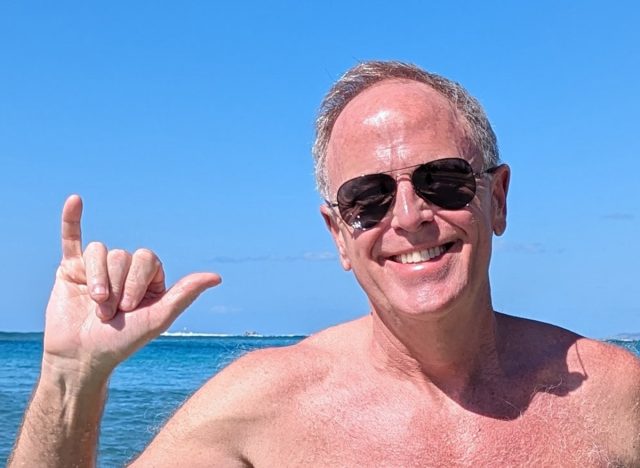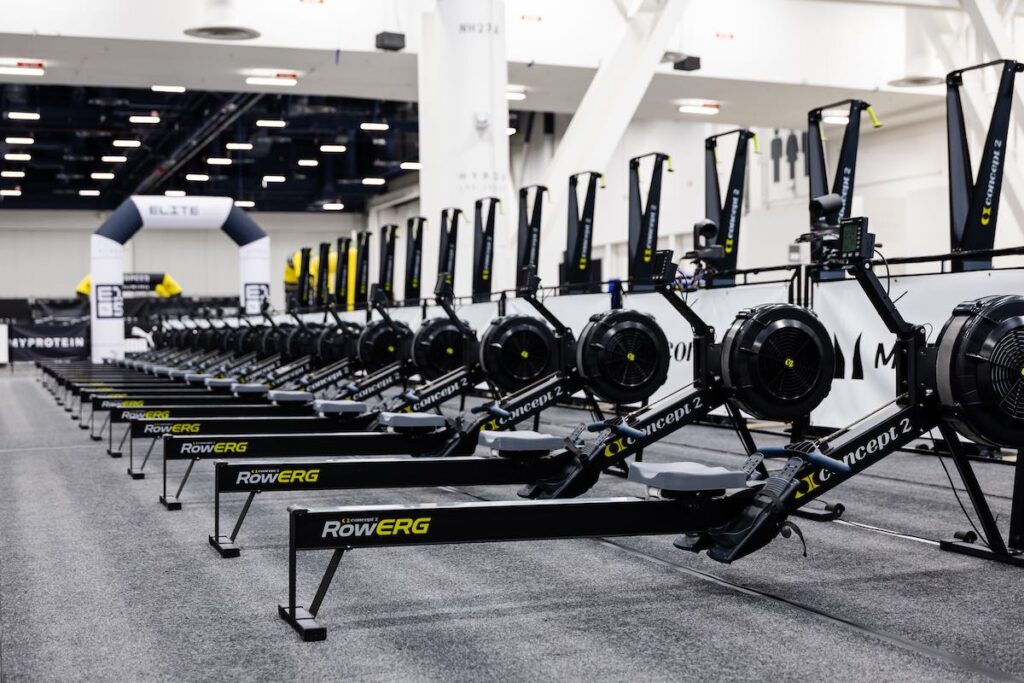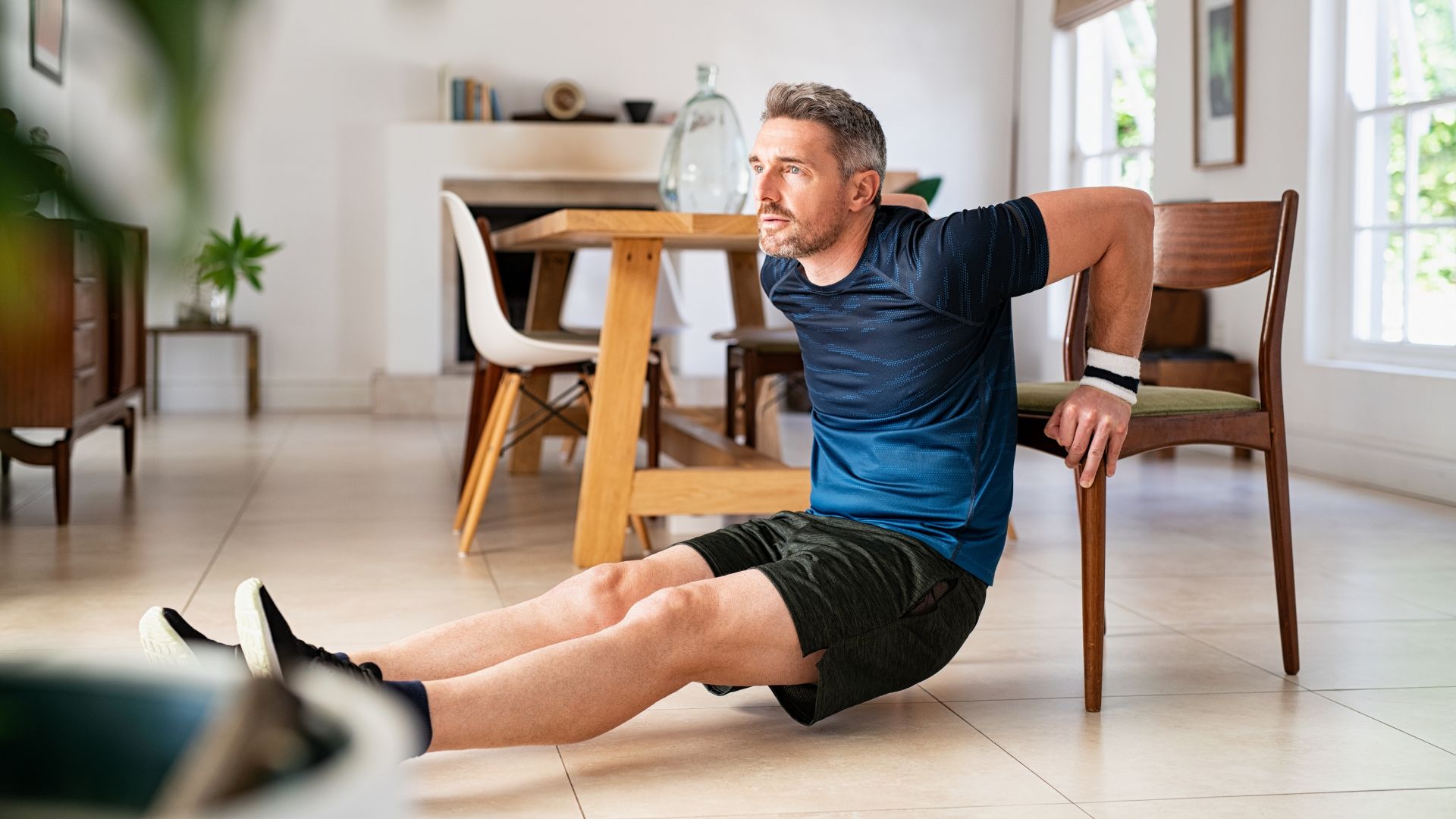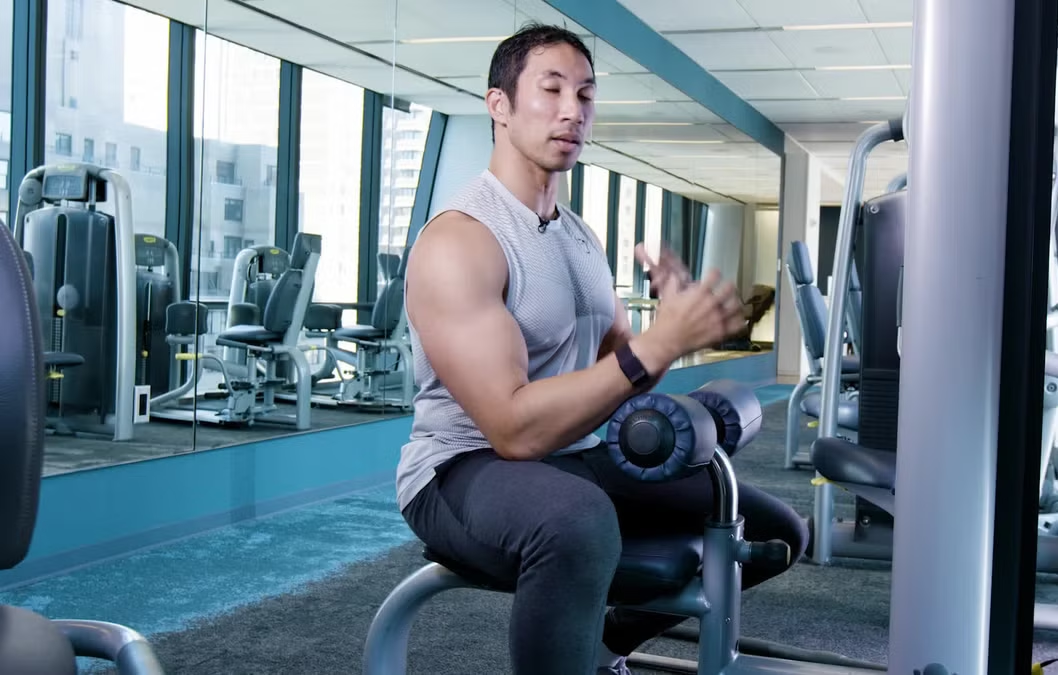Turning 60 is a milestone that often prompts reflection on health and vitality. For David Tuckfield, it was a wake-up call to transform his life. After losing his wife and struggling with weight gain, David shed over 60 pounds and reduced his body fat from 39% to 17%, all while embracing half marathons and triathlons. His journey, detailed in Men’s Health, inspired me to share how his three key strategies—goal-setting, consistent exercise, and mindful eating—can help anyone, especially those over 50, reclaim their health. Drawing from my own experience of getting fit in my 40s, I’ll unpack these tips with practical advice, personal anecdotes, and expert insights to guide you toward your own transformation.
Why Weight Loss After 60 Matters
Losing weight in your 60s isn’t just about looking good—it’s about living better. Excess body fat, especially visceral fat, increases risks of heart disease, diabetes, and mobility issues. David’s story shows that age is no barrier to dramatic health improvements, offering hope and actionable steps for others.
The Challenges of Aging and Weight
As we age, metabolism slows, and muscle mass declines due to sarcopenia, making fat loss tougher. I remember feeling sluggish in my late 40s, noticing how workouts didn’t yield the same results as in my 30s. David faced similar hurdles but turned them into opportunities with discipline and smart choices.
Benefits of Reducing Body Fat
Lowering body fat boosts energy, improves joint health, and enhances mental clarity. David’s ability to play with his grandkids and tackle triathlons highlights these rewards. Studies show that even a 5–10% weight loss can reduce blood pressure and diabetes risk, making it a game-changer for longevity.
Tip #1: Set a Long-Term Goal to Stay Accountable
David’s transformation began with a clear goal: joining his daughter for a Disney challenge run (a 10k one day, a half-marathon the next). This specific, exciting target kept him motivated, even on days when laziness crept in. Goal-setting provides direction and accountability, turning vague intentions into measurable progress.
Why Goals Work
A long-term goal, like running a race, creates a sense of purpose. When I decided to run my first 5k, the thought of crossing the finish line pushed me to lace up my sneakers daily. David’s Disney run goal gave him a reason to train consistently, proving that purpose fuels persistence.
How to Set Your Own Goal
Choose a goal that excites you, whether it’s a race, a hiking trip, or fitting into an old pair of jeans. Make it specific, measurable, and time-bound—think “run a 10k in six months” rather than “get fit.” David’s success shows that a fun, challenging goal can keep you on track.
Steps to Effective Goal-Setting
- Identify Your Why: Connect your goal to something personal, like staying active for family.
- Break It Down: Set smaller milestones, like running a mile without stopping.
- Track Progress: Use apps like Strava or MyFitnessPal to monitor your journey.
- Stay Flexible: Adjust your goal if life gets in the way, but don’t abandon it.
Pros and Cons of Goal-Setting
- Pros: Boosts motivation, provides focus, builds accountability.
- Cons: Can feel overwhelming if too ambitious; requires commitment.
Tip #2: Mix Up Your Exercise Routine
David didn’t just stick to one type of workout—he mixed running, biking, swimming, and weightlifting to build strength and endurance. This variety prevented boredom and helped him lose fat while preserving muscle. My own fitness journey taught me that mixing exercises keeps things fun and effective.
The Power of Diverse Workouts
Varied workouts target different muscle groups and improve overall fitness. David’s inclusion of Electro Muscle Stimulation (EMS) workouts at BODY20 was a game-changer, offering intense 20-minute sessions that maximized results. I’ve found that switching between yoga and weightlifting keeps my body guessing and my mind engaged.
How to Build a Balanced Routine
Aim for a mix of cardio, strength training, and flexibility exercises. David’s routine included daily activity—running one day, lifting the next. Start with 30 minutes of moderate exercise most days, like brisk walking or bodyweight circuits, and gradually increase intensity.
Sample Weekly Workout Plan
| Day | Activity | Duration | Focus |
|---|---|---|---|
| Monday | Running or brisk walking | 30 min | Cardio |
| Tuesday | Strength training (weights) | 30 min | Muscle building |
| Wednesday | Swimming or cycling | 30 min | Endurance |
| Thursday | EMS or bodyweight circuit | 20 min | Full-body |
| Friday | Yoga or stretching | 20 min | Flexibility |
| Saturday | Long run or hike | 45 min | Stamina |
| Sunday | Rest or light walk | 20 min | Recovery |
Pros and Cons of Mixed Workouts
- Pros: Prevents boredom, targets multiple fitness aspects, reduces injury risk.
- Cons: Requires planning, may need gym access for some activities.
Tip #3: Focus on Mindful Eating
David overhauled his diet, prioritizing protein and nutrient-dense foods while cutting back on processed carbs. Mindful eating—tracking calories and choosing wholesome ingredients—helped him shed fat without feeling deprived. My own switch to home-cooked meals was a turning point in my weight loss journey.
What Is Mindful Eating?
Mindful eating means paying attention to what and how much you eat, often through tracking or meal planning. David used portion control and leaned on protein-rich foods to stay full. I found that logging my meals in an app like MyFitnessPal made me rethink late-night snacks.
How to Eat Mindfully
Start by tracking your daily calorie intake to understand your habits. Focus on lean proteins (chicken, fish), vegetables, and healthy fats (avocado, nuts). David’s success came from prepping meals and avoiding mindless snacking, a strategy I’ve used to curb my own cravings.
Nutritional Breakdown of a Sample Meal
| Food Item | Quantity | Calories | Protein (g) |
|---|---|---|---|
| Grilled Chicken | 4 oz | 120 | 26 |
| Steamed Broccoli | 1 cup | 55 | 4 |
| Olive Oil (drizzle) | 1 tsp | 40 | 0 |
| Quinoa | ½ cup | 110 | 4 |
| Total | 1 meal | 325 | 34 |
Pros and Cons of Mindful Eating
- Pros: Promotes sustainable habits, reduces overeating, improves nutrition.
- Cons: Time-consuming to track, requires discipline to avoid treats.
Comparing David’s Three Tips
| Tip | Key Benefit | Time Commitment | Ease of Adoption |
|---|---|---|---|
| Set a Long-Term Goal | Boosts motivation | Low (planning) | Moderate |
| Mixed Workouts | Improves overall fitness | Moderate (30–60 min/day) | Moderate |
| Mindful Eating | Supports fat loss, sustainability | High (meal prep) | Challenging |
Which Tip Is Right for You?
- If You Need Motivation: Start with goal-setting to give your journey purpose.
- If You’re Sedentary: Focus on mixed workouts to build strength and stamina.
- If You Struggle with Diet: Prioritize mindful eating for long-term fat loss.
- For Best Results: Combine all three, like David, for a holistic approach.
People Also Ask (PAA)
How can I lose body fat after 60?
Losing body fat after 60 requires a mix of exercise, mindful eating, and goal-setting. Strength training preserves muscle, cardio burns fat, and a protein-rich diet keeps you full. David’s story shows that setting a specific goal, like a race, can keep you motivated.
What exercises are best for older adults?
A combination of strength training (squats, bench presses), cardio (running, cycling), and flexibility exercises (yoga) is ideal. David mixed running, swimming, and EMS workouts for variety. Start with 30 minutes daily, focusing on proper form to avoid injury.
Is it harder to lose weight as you age?
Yes, aging slows metabolism and reduces muscle mass, making fat loss tougher. However, David’s 20% body fat reduction proves it’s possible with consistent exercise and diet changes. Strength training and adequate protein intake help counteract these effects.
Where can I find workout plans for seniors?
Websites like SilverSneakers.com and Men’s Health offer senior-friendly workout plans. David used BODY20’s EMS workouts for quick, effective sessions. Local gyms or trainers can also tailor plans to your needs—check SilverSneakers for resources.
Practical Tools and Resources
- Fitness Trackers: Devices like Fitbit or apps like Strava track steps, calories, and workouts. David’s progress was fueled by daily activity monitoring.
- Meal Prep Tools: Invest in a food scale or containers from Amazon to simplify portion control.
- EMS Workouts: Explore BODY20 or similar studios for efficient strength training. Visit BODY20’s website for locations.
- Nutrition Apps: MyFitnessPal or Cronometer help track calories and macros, making mindful eating easier.
Tips for Success After 60
- Start Small: Begin with a 10-minute walk or one home-cooked meal daily.
- Prioritize Protein: Aim for 1.2g per kg of body weight daily to preserve muscle.
- Stay Consistent: Even small daily efforts, like David’s mixed workouts, add up.
- Get Support: Work with a trainer or join a community like SilverSneakers for accountability.
- Celebrate Wins: Track progress with body measurements or fitness milestones to stay motivated.
FAQ Section
Can you lose body fat after 60?
Yes, with consistent exercise, mindful eating, and clear goals, significant fat loss is achievable. David Tuckfield dropped from 39% to 17% body fat by setting a race goal, mixing workouts, and eating mindfully. Start small and stay consistent.
What’s the best diet for fat loss in your 60s?
A protein-rich diet with vegetables and healthy fats, like David’s, supports fat loss while preserving muscle. Track calories using apps like MyFitnessPal and aim for 10–35% of calories from protein. Avoid processed carbs and sugary drinks.
How often should seniors exercise?
Aim for 30–60 minutes of moderate exercise most days, combining cardio, strength, and flexibility. David exercised daily, mixing running, lifting, and swimming. Even 20-minute EMS sessions, as he used, can be effective for busy schedules.
Are EMS workouts safe for older adults?
EMS workouts, like those at BODY20, are safe when supervised by professionals. David found them effective for building muscle in just 20 minutes. Consult your doctor first, especially if you have heart conditions or joint issues.
Where can I find a trainer for seniors?
Look for certified trainers at local gyms or through platforms like Life Time or SilverSneakers. Online options like Ultimate Performance offer personalized plans. David’s success with a trainer shows the value of professional guidance.
Final Thoughts
David Tuckfield’s journey from 234 pounds and 39% body fat to 173 pounds and 17% body fat is a testament to what’s possible in your 60s. His three tips—setting a long-term goal, mixing up workouts, and eating mindfully—are practical, proven strategies that anyone can adopt. I’ve seen similar changes in my own life by embracing small, consistent habits, and I’m inspired by David’s ability to reclaim his health for his family and future. Whether you’re aiming to run a race or simply feel better, start with one step, one meal, one goal. Your transformation is waiting—go claim it!



